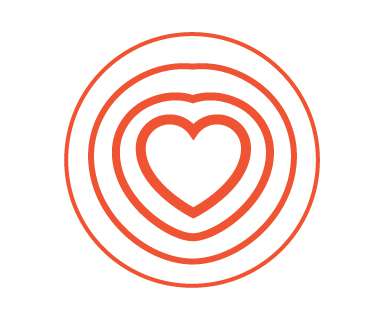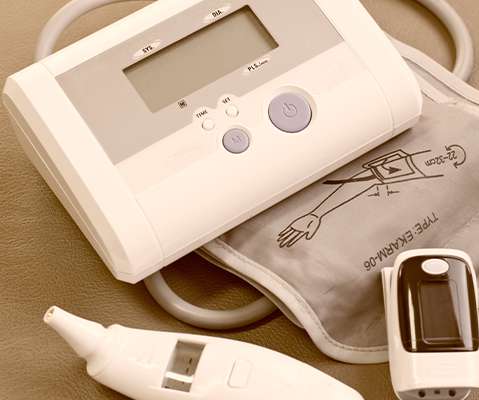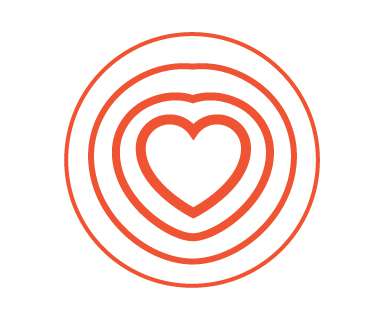Managing the Risks of Fast-Growing Digital Health
Health Populi
APRIL 5, 2021
Investments in the digital health sector have fast-grown in the past decade, reaching $14bn in 2020 based on Rock Health’s latest read on the market. The pandemic has accelerated the use of digital health across its many segments: telehealth, mHealth, software platforms, behavioral health, digital therapeutics, among them.












Let's personalize your content